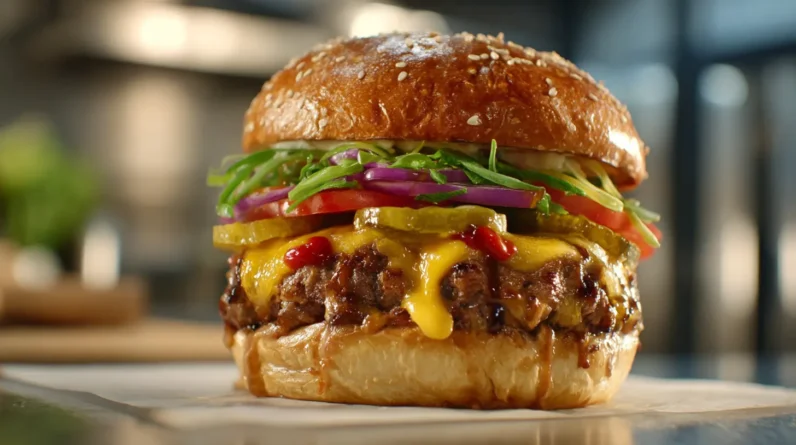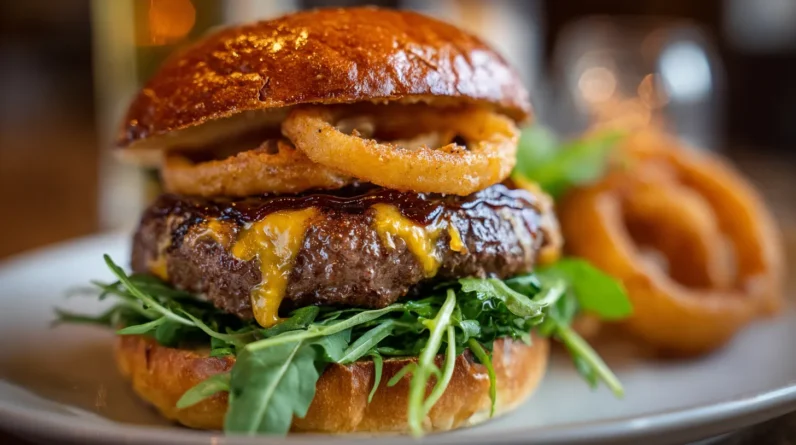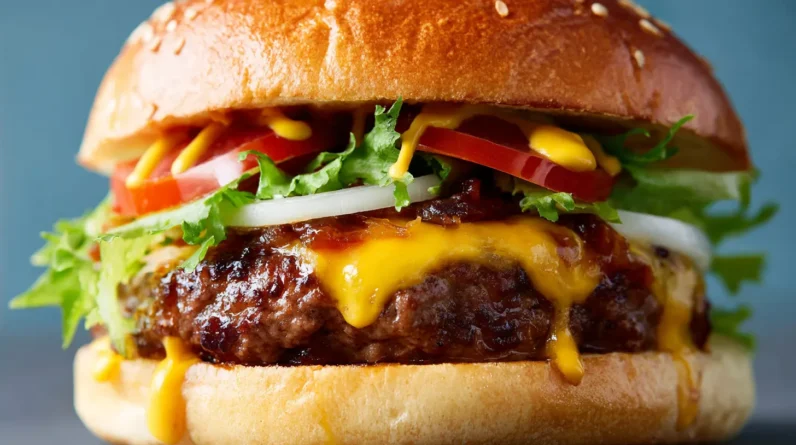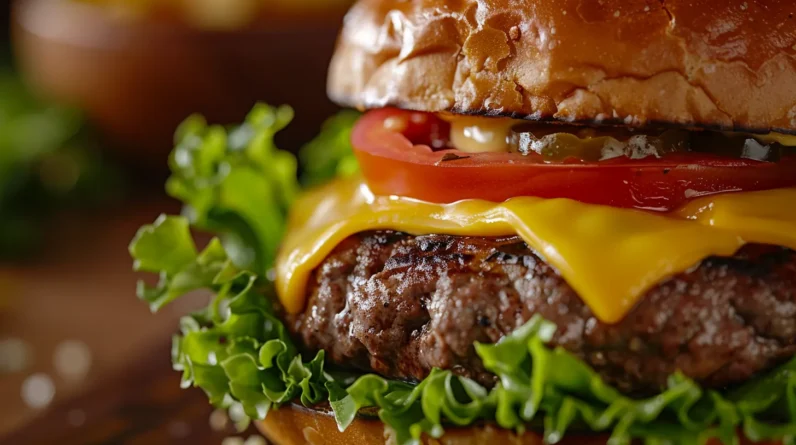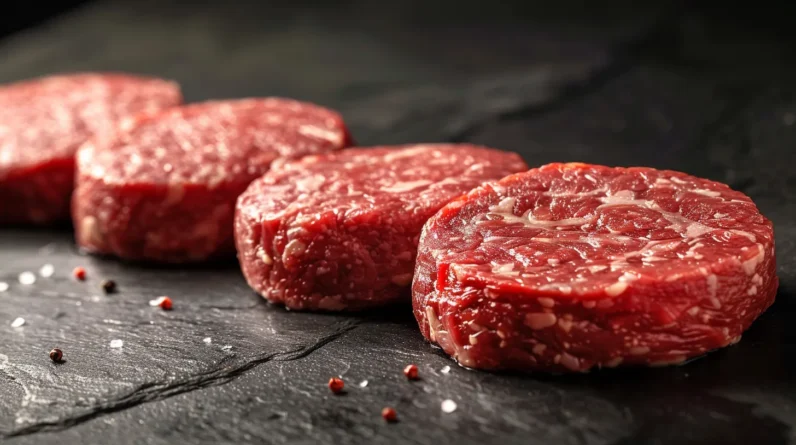
Fat-to-lean ratios in ground beef fundamentally determine a burger’s flavor profile and texture. We’ll find 80/20 serves as the standard blend, providing peak juiciness while maintaining structural integrity. Higher fat contents (70/30) enhance flavor intensity and crust development, while leaner ratios (90/10) prioritize health but require adjusted cooking techniques. Understanding these ratios enables us to select the ideal blend for specific burger styles, with each percentage offering distinct culinary advantages to explore.
The Science Behind Fat-to-Lean Ratios in Ground Beef
When examining ground beef composition, the fat-to-lean ratio represents the proportion of adipose tissue to muscle fiber in the final product. We’ll find this ratio expressed as “80/20” or “90/10,” where the first number indicates the percentage of lean meat, and the second denotes fat content.
Fat distribution within ground beef affects essential factors: moisture retention, flavor compound development, and textural properties. The lipids serve as carriers for fat-soluble flavor molecules while creating pockets that, upon cooking, either render out or form a matrix with proteins. This interaction directly influences the burger’s final mouthfeel, juiciness, and taste complexity.
Best Fat Percentages for Different Burger Styles
Different burger styles demand specific fat-to-lean ratios to achieve their signature characteristics. For smashed burgers, we recommend 70/30 lean-to-fat ratio to create ideal crust formation and intense flavor. Classic backyard burgers perform best at 80/20, balancing juiciness with structural integrity. Gourmet thick burgers excel at 75/25, allowing for medium-rare cooking while retaining moisture. Health-conscious options can utilize 90/10, though we’ll need to adjust cooking techniques to prevent dryness. Each ratio serves a distinct purpose: higher fat content (30%) maximizes flavor, while leaner blends (10%) prioritize nutrition without sacrificing fundamental burger characteristics.
Tips for Selecting and Handling Ground Beef Blends
Selecting the right ground beef blend starts with understanding visual and textural indicators of quality. We’ll want to examine the meat’s color, ensuring it’s bright red without any grayish or brown spots. The texture should be firm but not compacted, with visible marbling throughout.
When handling our chosen blend, we’ll maintain temperatures between 32-40°F to prevent bacterial growth. Let’s form patties with minimal manipulation to avoid compressing the meat fibers, which can result in dense, tough burgers. We’ll also check for even fat distribution by examining cross-sections of formed patties before cooking.
Conclusion
Understanding the precise fat-to-lean ratios in our burger formulations represents the molecular architecture of flavor. We’ve dissected how these lipid matrices create the symphony of taste we pursue: 70/30 yields our decadently rich steakhouse-style patties, while 80/20 serves as our universal standard bearer. These percentages aren’t mere numbers—they’re the chemical blueprints that transform raw protein into a precisely calibrated matrix of succulence and satisfaction.


